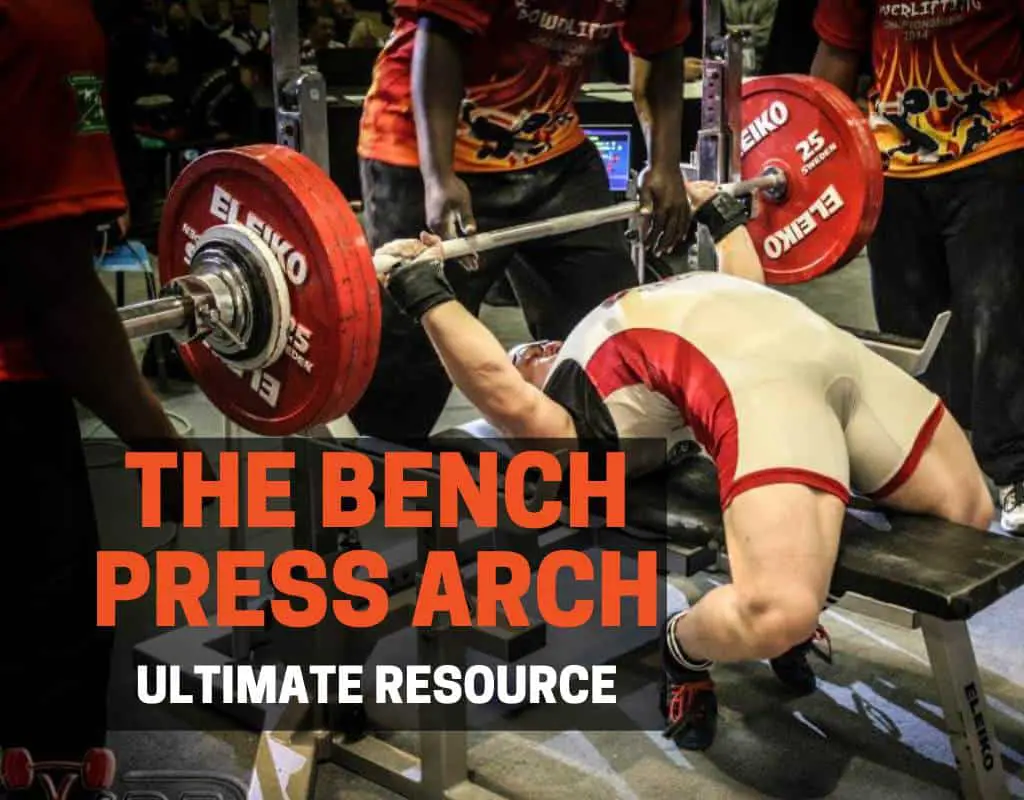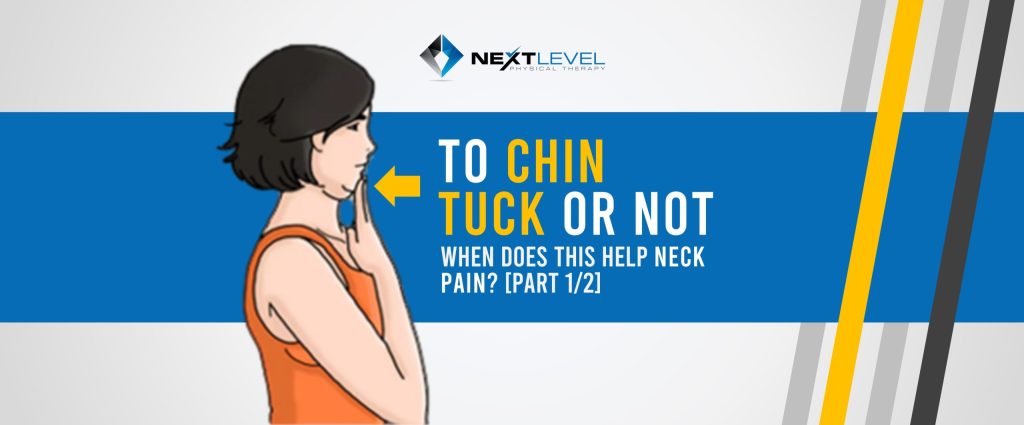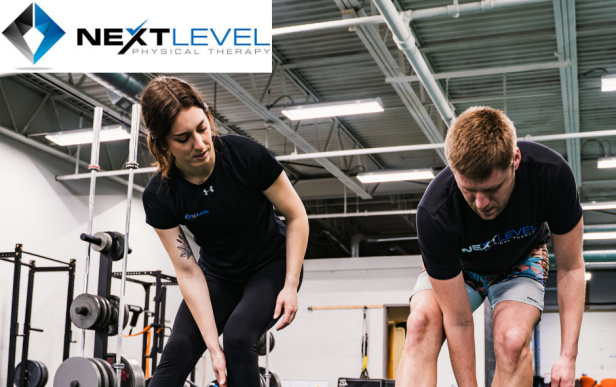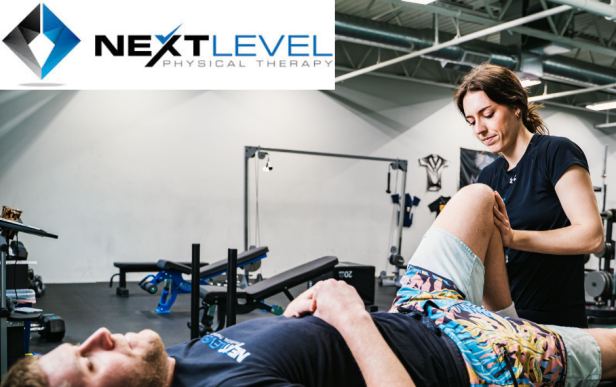Author: Dr. Colin Butler, DPT, ATC
Chin tucks, the nickname for a motion moving the upper part of your neck and lower part of your neck like you’re making a double chin, are a frequently prescribed activity for folks with a variety of symptoms around the neck. Video 1 gives a demonstration of one of our physical therapists performing one.
Video 1: The “Chin Tuck” exercise.
They can be effective for symptom relief with individuals having pain in the region of their neck and accompanying arm pain. For individuals having headaches, or even those having general aches in the back of their neck.
Some people get positive changes in their ability to move their neck and can decrease or even eliminate their neck pain with an activity like this. Meanwhile, some patients I have talked to have been doing chin tucks for several years and are still coming to see me for help with their neck discomfort.
I want to make sure the time folks spend working on a solution to whatever movement or pain related impairment they have is spent effectively, so let’s jump into the point of this article:
When is doing chin tucks useful?
There’s a couple heuristics that I use to decide when someone might get a positive return on time investment with the chin tuck.
1. You have a directional preference for your neck and/or arm pain.
Often individuals with neck discomfort may have symptoms down their arm or into their hand. A “directional preference” means that moving your neck in one direction, say forwards, seems to make your neck and arm pain worse, while moving your neck backwards seems to reduce it.
If performing some chin tucks held at the end of the range of movement for a few seconds improves your symptoms, great! Keep performing them and see if you continue to get reductions in discomfort and if the movement of your neck improves.
Even if performing the chin tuck doesn’t improve your neck discomfort but reduces the tension or discomfort into your arm or hand, keep performing them. That’s an occurrence called “centralization” that is strongly associated with improvements in neck discomfort.
2. Your neck endurance could use improvement.
When people have neck discomfort for a long time, it is a common reaction for folks to move their neck less. Just like if we stopped moving our bodies or exercising, our body would adapt to this and we would have less capacity for performing movement before fatigue sets in.
The Neck Flexor Endurance Test, pictured below in Video 2, is something I’ll occasionally use to measure the capacity of someone to hold their neck in this position.
Video 2: The Neck Flexor Endurance Test
If my patient is shaking and struggling to maintain the position of the test for <30s, or especially less than 10s, then it is probably worthwhile for us to spend some time filling the bucket of neck force production over durations of time.
However, if someone doesn’t have a directional preference, and they ace the neck flexor and neck extensor endurance tests, spending time working on chin tucks won’t likely move someone towards their goals.
Now, for the next part:
When is doing chin tucks not useful?
I see a lot of individuals whom present like they are already doing a chin tuck with their cervical position when they are standing or doing many upright activities. They look similar to this person below:

This lifter above is already doing a chin tuck because of the demands of the exercise he is doing. If when this person is not bench pressing, his neck and head already gravitate towards this position, AND he happens to have neck pain, would reinforcing the positions his body already wants to be in result in a change in outcome?
I would tend to say that the probability of that changing would be low.
A better question is: “Why do high force production activities like the bench press drive this neck position?”. We’ll dive into that topic on the next post in this series.
To sum it up: chin tucks aren’t special, they are an exercise that moves our body towards a specific position.
They can be useful if you have a directional preference that improves your neck or arm symptoms by moving towards the “chin tucked” position.
If you’ve become deconditioned locally at your deep neck flexors, working on being able to hold the chin tuck in different positions can be useful at building up your local muscle endurance.
The important takeaway is to recognize what your unique starting conditions are, and then match the intervention to those conditions. Next time, we’ll talk about what I consider when I believe that chin tucks won’t be the answer!




